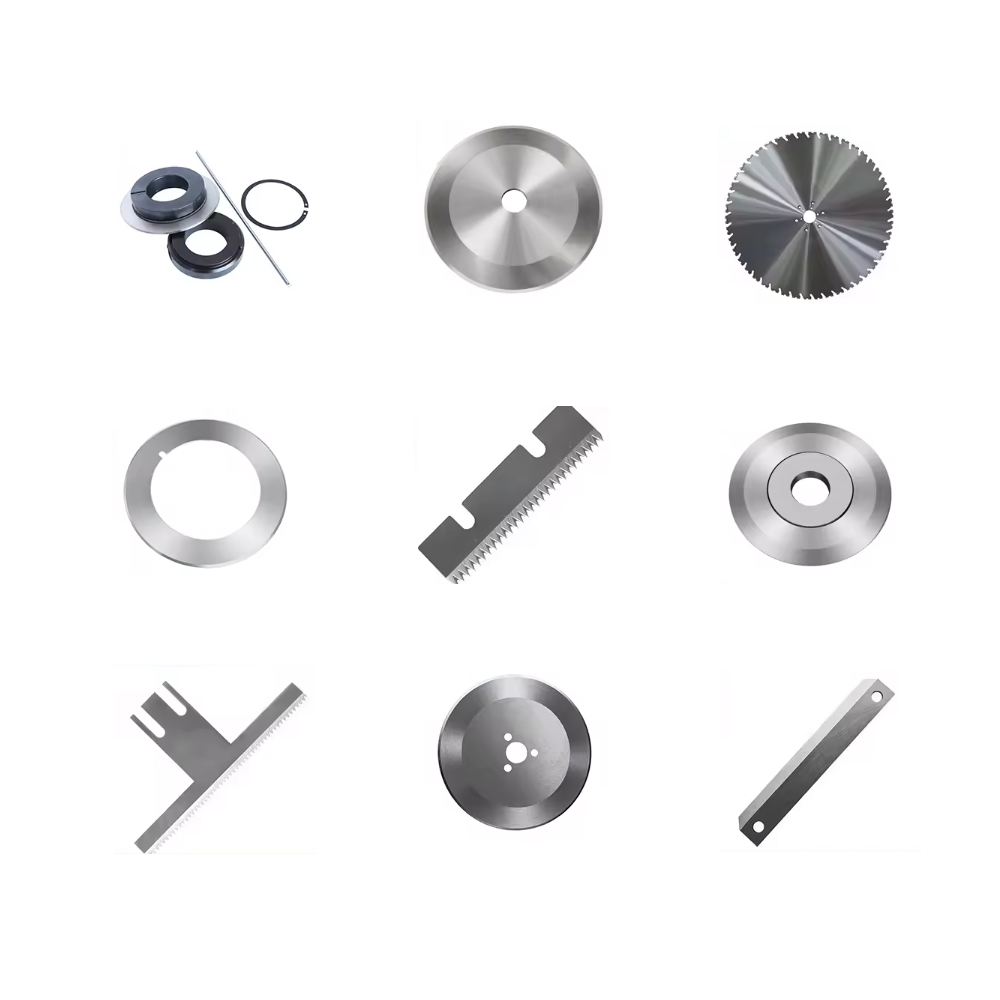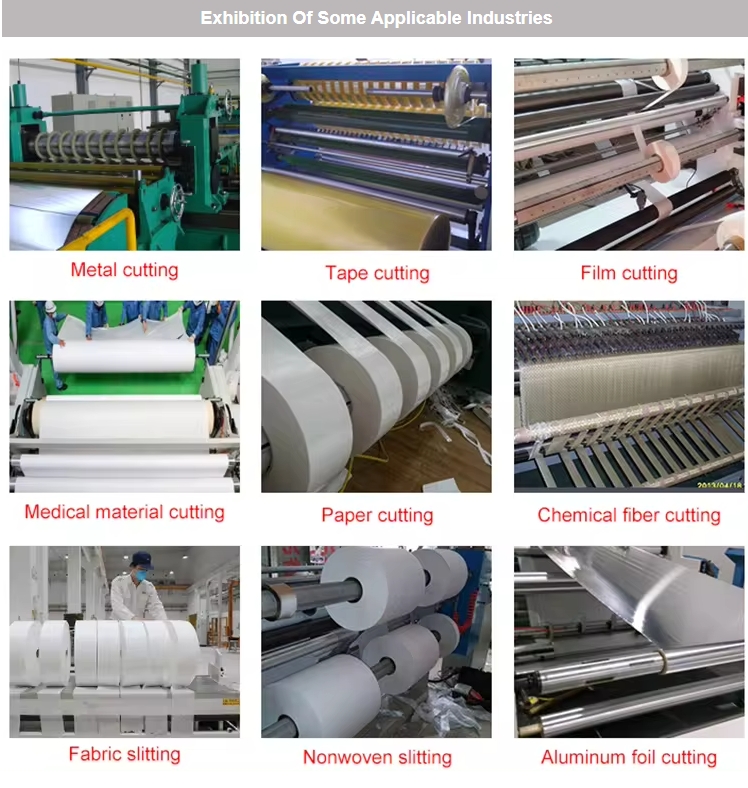11
2024
-
10
The Evolution and Importance of Tungsten Carbide Industrial Blades
In the modern industrial landscape, precision, durability, and efficiency are paramount, especially in sectors
like manufacturing, machining, and material processing. One of the critical components that enable these
industries to operate with such precision and productivity is the tungsten carbide industrial blade. Often
referred to as carbide cutting tools, these blades have revolutionized various industries by offering
unparalleled performance in cutting, shaping, and processing materials.

What is Tungsten Carbide?
Tungsten carbide is a composite material consisting of tungsten and carbon atoms. It is known for its extreme
hardness, which rivals that of diamonds, and its remarkable resistance to wear and heat. These characteristics
make it an ideal material for manufacturing industrial blades and cutting tools that must endure demanding
operational conditions.
Tungsten carbide is often sintered with cobalt, which acts as a binder to enhance the material's toughness
and durability. This process gives the blades their distinctive toughness and ensures they can withstand
high-speed cutting, extreme pressure, and long-term use without losing their sharpness or precision.
Key Advantages of Tungsten Carbide Blades
1. Hardness and Wear Resistance:
One of the most notable features of tungsten carbide blades is their exceptional hardness. They can
maintain their edge for much longer than traditional steel blades, even when subjected to high-stress
environments. This resistance to wear makes them the go-to choice for industries dealing with hard or
abrasive materials, such as metals, plastics, and composites.
2. High Temperature Tolerance:
Tungsten carbide can withstand high temperatures without losing its hardness or structural integrity.
This is crucial in industries where blades are subjected to intense friction and heat, such as metalworking
or woodworking, where traditional blades might soften or warp under high thermal conditions.
3. Precision and Accuracy:
The sharpness of tungsten carbide blades enables precise cutting with minimal material waste. This level
of precision is essential in industries like aerospace, automotive, and electronics, where intricate components
require exacting tolerances. The durability of the blade ensures that it remains sharp over extended periods,
reducing the need for frequent sharpening or replacement.
4. Cost Efficiency:
While tungsten carbide blades may have a higher upfront cost than other materials, their longevity and
reduced maintenance requirements lead to significant cost savings over time. Their durability minimizes
downtime for blade replacements and ensures consistent performance, making them a cost-effective
investment in the long run.
Applications of Tungsten Carbide Industrial Blades
Tungsten carbide blades are used in a wide variety of industries, each requiring specialized cutting solutions
for different materials and processes.
1. Metalworking:
In the machining of metals, carbide blades are essential for cutting, drilling, and shaping hard materials like
stainless steel, titanium, and other alloys. The hardness of carbide ensures a clean, precise cut without
compromising the integrity of the material.
2. Woodworking:
Tungsten carbide blades are commonly used in the woodworking industry for cutting hardwoods, laminates,
and engineered wood products. Their ability to remain sharp and resist heat buildup during cutting makes
them invaluable for maintaining high production speeds without sacrificing accuracy.
3. Plastics and Composites:
In the processing of plastics and composite materials, carbide blades provide smooth, burr-free cuts that are
critical in industries such as automotive and aerospace manufacturing. The blades' wear resistance ensures that
they can handle abrasive composite materials without degrading quickly.
4. Paper and Packaging:
In the paper, packaging, and printing industries, tungsten carbide blades are used for slitting and cutting
various materials, including paper, cardboard, and plastic films. Their precision and longevity help maintain
high-speed production lines while ensuring clean, consistent cuts.
5. Textile and Fiber Industries:
Industrial blades made from tungsten carbide are also utilized in cutting fabrics, fibers, and textiles, where
precision and edge retention are crucial for maintaining material integrity and minimizing waste.

The Future of Tungsten Carbide Blades
As industries continue to evolve with advancements in materials science and manufacturing technologies,
the demand for high-performance cutting tools will only grow. The development of new coatings and
sintering techniques for tungsten carbide blades is expected to further enhance their durability and
performance, particularly in high-temperature or highly corrosive environments.
In addition, the growing emphasis on sustainability and efficiency in manufacturing processes will likely drive
the adoption of carbide blades, as they offer longer lifespans and reduce the frequency of replacements,
contributing to lower material waste and energy consumption.
Conclusion
Tungsten carbide industrial blades have become indispensable tools across a wide range of industries due to
their unmatched hardness, wear resistance, and precision. From metalworking to packaging, these blades
enhance productivity, reduce costs, and ensure the highest standards of quality in cutting and material
processing. As the technology behind these blades continues to advance, their role in shaping the future
of manufacturing and production will only become more pronounced.
RELATED NEWS
Zhuzhou Chuangde Cemented Carbide Co., Ltd
Add215, building 1, International Students Pioneer Park, Taishan Road, Tianyuan District, Zhuzhou City
SEND US MAIL
COPYRIGHT :Zhuzhou Chuangde Cemented Carbide Co., Ltd
Sitemap
XML
Privacy policy
















